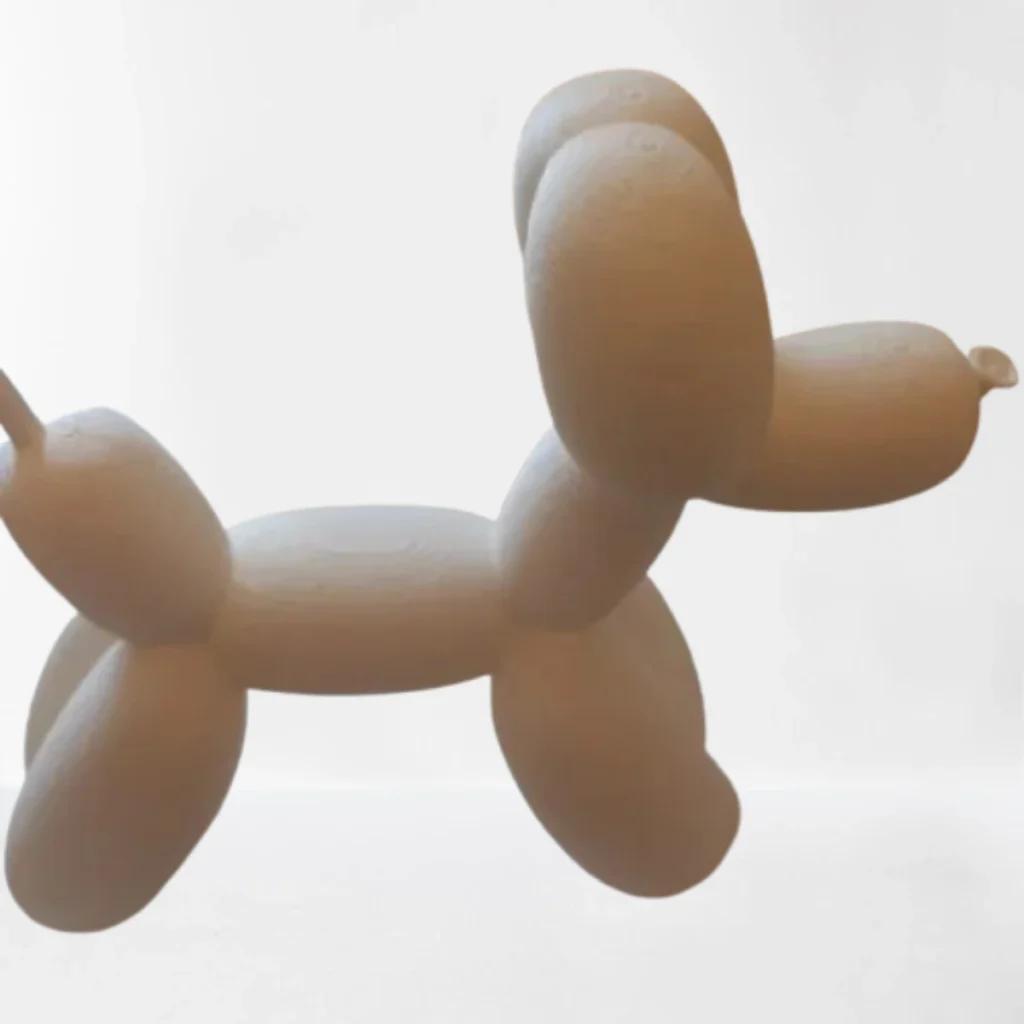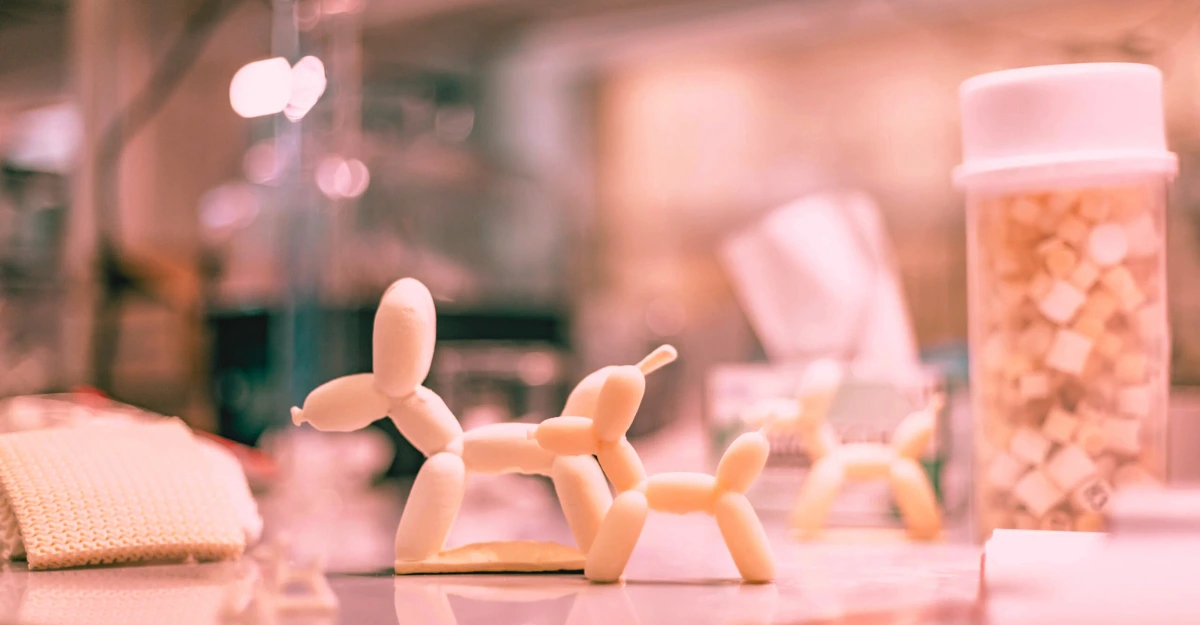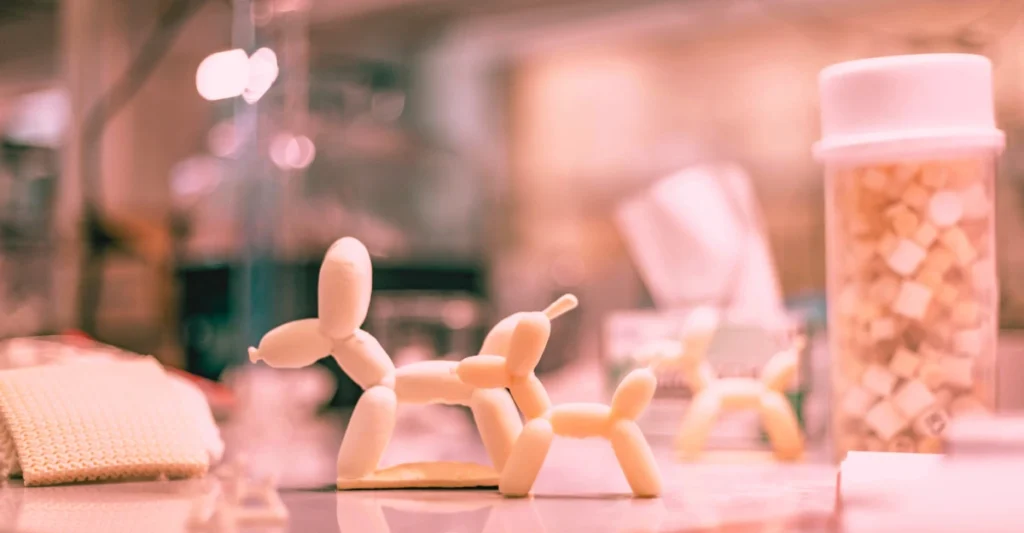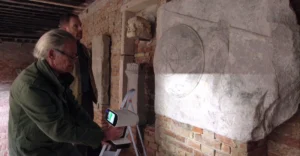UT Dallas researchers develop 3D-printed self-repairing foam, enhancing recyclability for sustainable industrial applications.
Researchers Develop Recyclable Self-Healing Foam Using 3D Printing Innovation
The startling discovery of a 3D-printed foam that has the ability to self-repair and be recycled has been synthesized by researchers from The University of Texas at Dallas, which propels the steps towards sustainable manufacturing. In the January 28, 2025 edition of RSC Applied Polymers, the researchers study aim to mitigate the ecological and structural issues posed by commercially used polymer foams.
Led by chemistry doctoral students Rebecca Johnson and Ariel Tolfree, the team leveraged dynamic covalent chemistry—a method that creates reversible molecular bonds to produce a foam that not only withstands damage but also offers enhanced recyclability. The innovation could redefine industries reliant on foam, from consumer goods to high-impact protective gear.
From Balloon Dogs to Breakthroughs
To demonstrate the material’s versatility, researchers 3D-printed a foam replica of a balloon dog, a whimsical yet technically demanding shape. “A balloon seems ordinary until it’s transformed,” said Tolfree, co-lead author of the study. “Our foam is the same—unassuming at first, but remarkable in its capabilities.”
This project lasted two years and sought to refine the polymer’s properties for better compatibility with 3D printers. Thermoset foams, used in insulation and mattress products, are non-recyclable because they are irreversibly solidified during molding. Unlike the UT Dallas foam, which employs dynamic bonds offering self-repairing properties for fractures and compressions, extending its service life.
Applications: From Helmets to Sustainability
The corresponding author of the study, Dr. Ron Smaldone, underscored the foam’s capacity to absorb impacts in any helmet, car bumper and armor. “3D printing allows the formation of intricate shapes such as lattices which enable more flexibility and effective performance,” he stated. The material’s light weight in relation to its strength also makes it useful for thermal insulation and impact mitigation.
One of the primary benefits is its sustainability. Traditional foam waste is usually destined for landfills because its chemical structure is non-recyclable. Although the new foam cannot be fully melted like plastics, mechanisms to reduce recovery are provided by its self-repairing capabilities, and efforts are made to improve recyclability even more.

Collaboration and Future Steps
The teamwork integrated chemists with mechanical engineers, including Dr. Hongbing Lu, a mechanical engineering professor. The team’s industrial investigations of dynamic chemistry were supported by the Welch Foundation, National Science Foundation, and the Department of Energy.
Johnson, set to complete her PhD in May, emphasized the project’s challenges: “Balancing material science with 3D printing was tough, but it unlocks customization we’ve never seen in foam production.” Tolfree plans to expand the research, focusing on tailoring foam properties for diverse applications and improving eco-friendly disposal methods.
Read more : Why Bambu Lab Dominating the 3D Printing Market in 2025?
Toward a Greener Future
While industries look for sustainable changes, the innovation developed at UT Dallas provides a framework for waste reduction. Smaldone “This isn’t just about better foam,” said. “It’s about rethinking how materials are designed, used, and reused.” With self-healing, recyclable foam that can be used in manufacturing, the team hopes to achieve the ‘Foam Revolution’ they strive for. This would enable us to use commonplace materials for environmental protection.
Reference: “3D printable polymer foams with tunable expansion and mechanical properties enabled by catalyst-free dynamic covalent chemistry” by Rebecca M. Johnson et al., published in RSC Applied Polymers (2025).
































